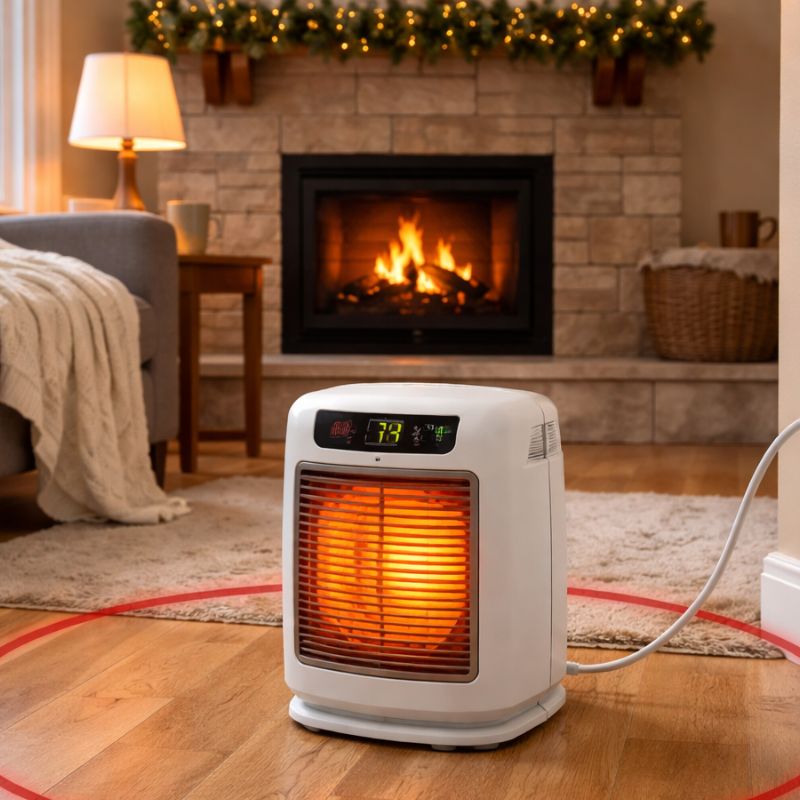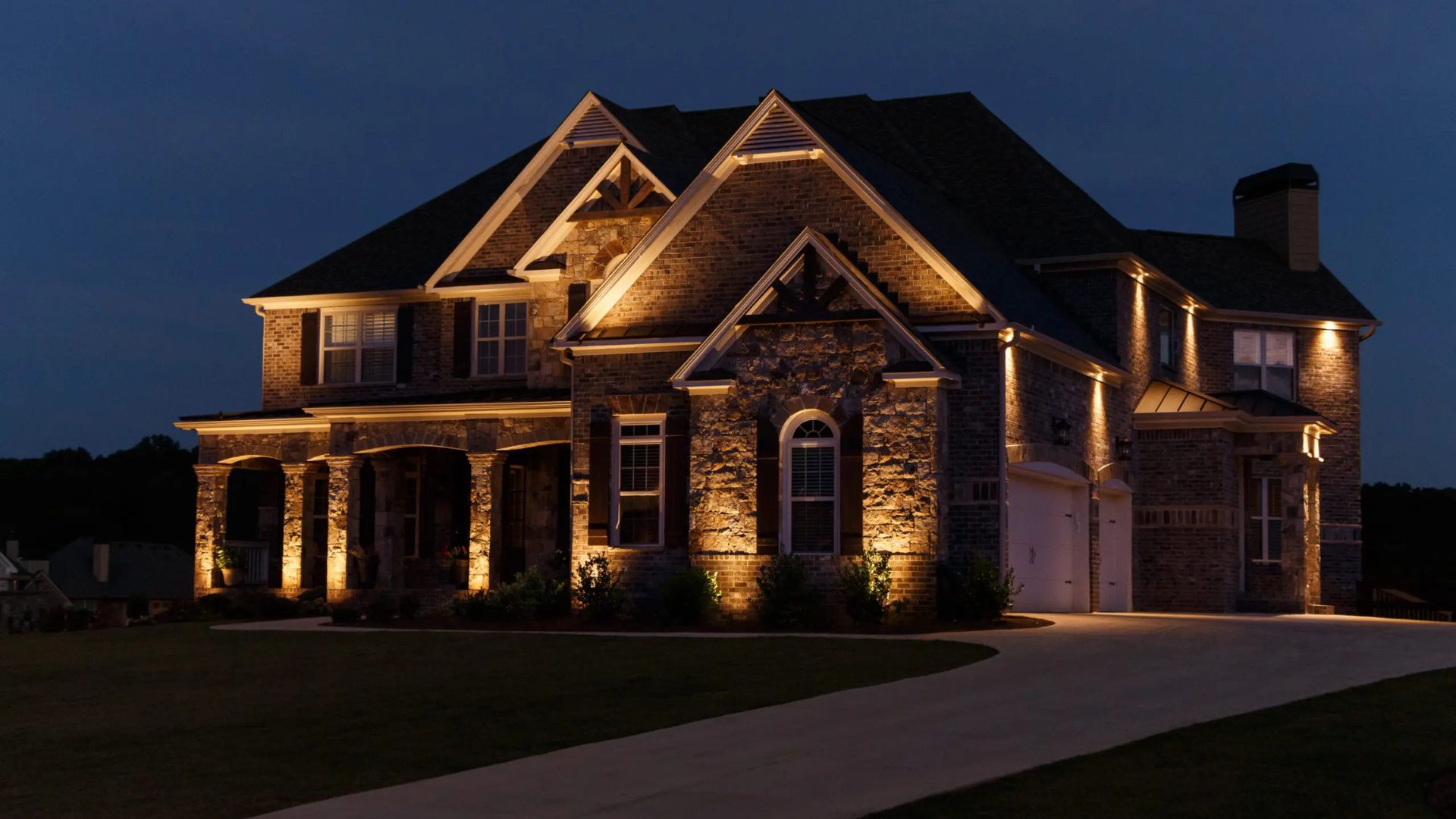Contents
Do Window AC Units Use a Lot of Electricity? Here’s the Real Cost
There’s nothing better than stepping into a cool room during a summer scorcher—unless your electric bill turns into a horror story. If you’re using a window air conditioner, you’ve probably wondered how much it’s costing you to stay chill.

The good news? Window AC units can be a smart, affordable way to cool small spaces. But the real answer to “Do window AC units use a lot of electricity?” depends on a few factors—like how many you’re using, how long they’re running, and whether your home’s electrical system is built to handle the load.
Let’s break it all down: energy use, comparisons to other air conditioning units, tips to save energy, and how to keep your home cool without burning through your budget.
How Much Electricity Does a Window AC Unit Use?
The short version: most window AC units use anywhere from 500 to 1,500 watts per hour, depending on size and efficiency.
Here’s a quick breakdown:
| BTU Rating | Room Size | Typical Wattage | Estimated Cost per Hour (@$0.13/kWh) |
|---|---|---|---|
| 5,000 BTU | 150–200 sq. ft. | 450–500 watts | $0.06–$0.07 |
| 8,000 BTU | 300–350 sq. ft. | 650–800 watts | $0.08–$0.10 |
| 12,000 BTU | 450–550 sq. ft. | 1,000–1,200 watts | $0.13–$0.16 |
If you’re running one 8,000 BTU unit for eight hours a day, that’s around 6.4 kilowatt-hours per day. Multiply that by 30 days and you’re looking at a monthly electricity consumption cost of about $25–$30 per unit.
Add a few more ACs into the mix and that amount of energy (and cost) adds up quickly.
Window AC vs Central Air vs Ductless Mini Splits
Window units work well for small spaces, but how do they stack up against other cooling systems like central air conditioners or ductless mini splits?
Here’s a side-by-side look:
| Cooling System | Power Usage | Best For | Upfront Cost | Efficiency |
|---|---|---|---|---|
| Window AC Unit | 500–1,500 watts | One room | $150–$500 | Moderate |
| Central Air Conditioner | 3,000–5,000 watts | Whole-house cooling | $5,000–$10,000+ | Moderate-High |
| Ductless Mini Split | 500–2,000 watts | Zoned cooling | $2,000–$4,000 | High |
While central air conditioner electricity consumption is higher per hour, it cools the entire home evenly and can be more efficient in large spaces. Ductless mini splits fall somewhere in the middle: quieter, efficient, and great for homes without ductwork.
If you’re running three or more window units all day, switching to a mini split might make more sense—and save you more in the long run.
What’s the Cost of Running a Window AC?
Let’s do a little math. If your unit uses 750 watts for 8 hours a day:

- Daily use = 6 kWh
- Monthly use = 180 kWh
- Monthly cost (at $0.13/kWh) = about $23.40
Now multiply that by three rooms… suddenly you’re paying nearly $70 a month just to keep cool.
Want to shrink that number? Here are a few smart moves:
- Seal up any window gaps so you’re not cooling the whole neighborhood
- Clean your filters regularly to keep airflow strong
- Use a smart plug or timer to control run time
- Block out the sun with blackout curtains
- Upgrade to an ENERGY STAR® unit to reduce your energy usage by up to 15%
Every little bit helps when it comes to energy savings.
Can Your Electrical System Handle It?
Here’s where a lot of homeowners get surprised.
Most small window units (under 10,000 BTUs) plug into a standard outlet just fine. But larger ones? They may need their own dedicated circuit—especially if your panel is already overloaded.
Not sure if your system can handle it? Watch for signs like:
- Lights dimming when the AC turns on
- Breakers tripping
- Outlets that feel warm to the touch
If that sounds familiar, you might need an electrical panel upgrade or circuit installation. Better safe than sweaty.
What About Solar Power?
Thinking green? You can’t plug your window AC directly into a solar panel, but you can use solar to offset the amount of energy your household uses overall.
A single 800-watt unit running 8 hours a day uses 6.4 kWh. To fully offset that, you’d need about 2–3 solar panels, a battery system, and an inverter. Not exactly simple—but it can work if you’re committed to energy efficient living.
Energy-Saving Tips for Any Setup
Whether you’ve got a single window unit or a whole central air conditioning system, these tips will help you save energy and cut your cooling costs:
- Keep filters clean to improve efficiency
- Use ceiling fans to spread cooled air around the room
- Install reflective film on sun-facing windows
- Program thermostats or timers to avoid overuse
- Unplug units when not in use (many draw standby power)
And hey—don’t forget to shut the windows. It happens.
When It’s Time to Upgrade
If your house sounds like a humming appliance showroom and you’re still not comfortable, it might be time to rethink your system.
You might want to upgrade if:
- You’re running 3+ window ACs daily
- You still have hot spots in the house
- Your energy bills spike every summer
- Your panel can’t keep up
Ductless mini splits or central air conditioning systems may be more cost effective long-term—and they’re way quieter, too.
Need help figuring it out? The Electricians can help you evaluate your options and get your electrical system ready for whatever you choose.
FAQ: Quick Answers About Window AC Electricity Use
Do window AC units use a lot of electricity?
Not compared to central AC, but yes—they can add up if you’re using several or running them all day.
How many watts does a window AC use?
Anywhere from 500 to 1,500 watts per hour depending on the model.
Are window AC units energy efficient?
Modern models (especially ENERGY STAR® ones) are, but they work best in smaller spaces.
Is it cheaper to run central air?
Depends on your home. For one or two rooms, window units win. For whole-home cooling, central air conditioners or ductless mini splits are often more efficient.
Can window ACs overload my electrical system?
They can. If breakers trip or lights flicker, call an electrician for a system check.
Final Thoughts: Stay Cool, Spend Smart
Window air conditioners are a great way to cool down without shelling out for a full HVAC system. Just keep an eye on how many you’re using, how long they’re running, and whether your home’s wiring is up to the task.
Need help with installation, outlet upgrades, or figuring out if a different cooling system makes sense? The Electricians are here for all your electrical and energy needs—no sweat.
Related Posts
If you enjoyed reading this, then please explore our other articles below:








